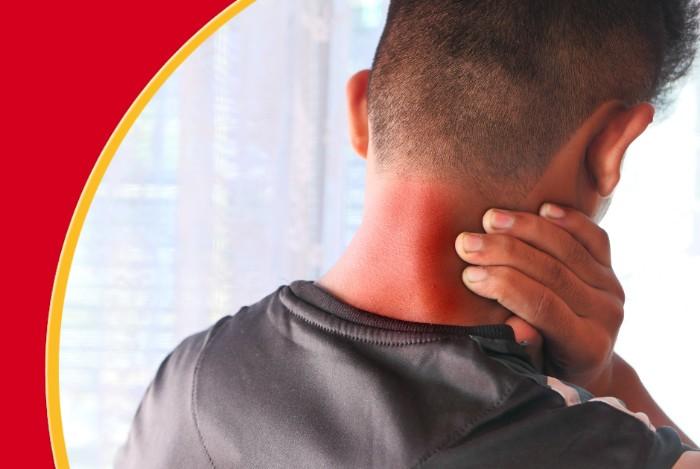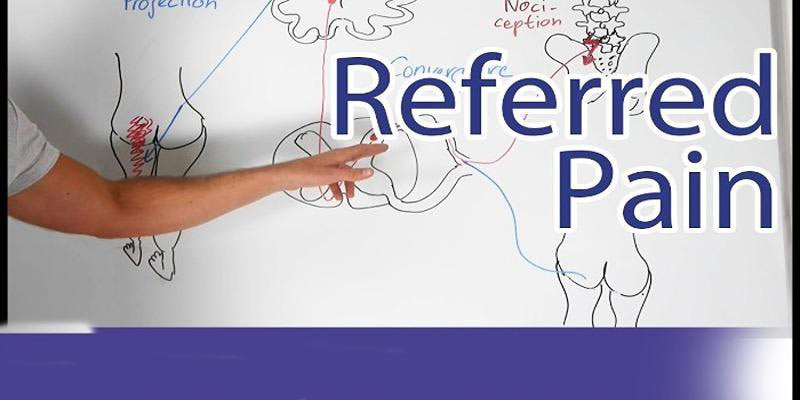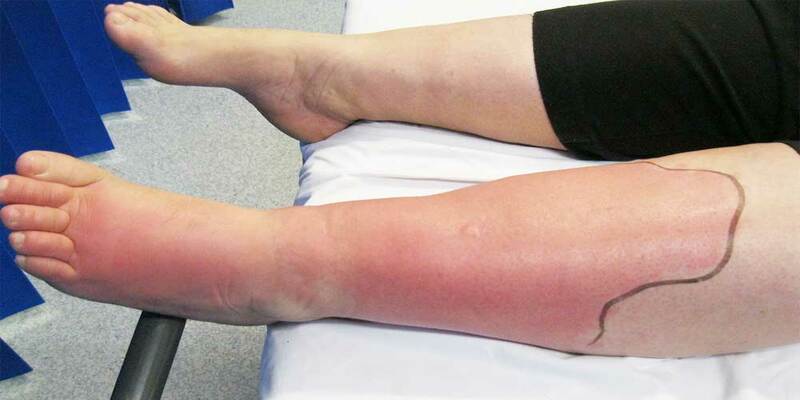Have you ever experienced a strange type of Pain where the discomfort feels like it's coming from somewhere else? You may have encountered referred Pain--explained in simple terms, this type of Pain originates and radiates from an area other than its source.
In many cases, referred Pain can be difficult to pinpoint or diagnose accurately because its symptoms often don't match up with the location of the original problem. To help demystify how this phenomenon occurs and what conditions might cause it, let's delve into more details about how referred Pain works and what treatments might be most effective for alleviating yours.
Overview of Referred Pain
Referred Pain occurs when an underlying injury or condition in one area of the body causes Pain to be felt in another seemingly unrelated area. The communication between nerve fibers from different body areas at the spinal cord level causes it.
Referred Pain can occur anywhere in the body and vary in intensity. To better understand how referred Pain works, it is essential to know about the anatomy and functioning of the nervous system.
The nerves in our body are divided into two main categories - sensory and motor. Sensory nerve fibers carry signals from various body areas to the brain, while motor nerve fibers carry signals from the brain to the muscles. When a person experiences Pain in one area of their body, it is often due to the activation of sensory nerve fibers near the injury site. These nerves then send signals to the spinal cord, which can then cause Pain in other areas with similar nerve pathways.
For example, when a person has an injury to their shoulder, the sensory nerves from this area can activate nerve pathways in the spinal cord that lead to Pain in other areas such as the neck or arm. This is referred to as Pain - where Pain initially experienced at one part of the body is felt in another seemingly unrelated area.
The exact mechanism for how referred pain works is still not fully understood, but it is believed to be due to the complex neural pathways in the body. The pathways from different body areas may have similar nerve fibers that share a common pathway in the spinal cord. When one area of the body experiences Pain, these nerve fibers may activate and send signals to other areas with the same pathways, resulting in referred Pain.
Understanding the Anatomy of Referred Pain

Referred Pain is a phenomenon that occurs when Pain signals travel from one part of the body to another instead of being localized in the area where it originated. This means that a person may feel Pain in the affected area and other body parts. This type of Pain is often called "referred pain" because it can be experienced in a different part of the body than where the injury occurred.
Referred Pain is caused by a process known as "neuromodulation," which occurs when nerve signals are sent from one body area to another. The nerves in this process become activated, triggering a response that causes Pain in different body parts. In other words, when someone experiences referred Pain, their brain sends signals from one region of the body to another, and this can cause pain to be felt in an area not near the injury.
Common Causes of Referred Pain
A wide variety of medical conditions causes referred Pain. Some of the most common causes include:
- Musculoskeletal disorders such as tendonitis, bursitis, and myofascial pain syndrome
- Certain types of arthritis
- Nerve damage or inflammation
- Trauma to organs and tissue
- Digestive issues such as gastritis, ulcers, and irritable bowel syndrome (IBS)
In cases where the cause of referred Pain is unknown, it may be called idiopathic Referred Pain. This type of Pain is often associated with nerve damage or irritation in which the source cannot be identified.
Signs and Symptoms of Referred Pain

Referred Pain typically has a different quality, intensity, and location than the source of the Pain. It is often described as deep, dull, or burning in nature. Pain can also be felt in areas not directly near the original site of trauma. Common locations for referred Pain include the shoulder, jaw, and chest. In addition to Pain, other symptoms, such as numbness, tingling, and muscle weakness, can be present.
Referred Pain is a sign that the nervous system is not working properly, so it should be taken seriously. If you are experiencing referred Pain, it's important to consult a doctor for an accurate diagnosis. Diagnosis usually involves physical examinations ands imaging tests such as X-rays and MRIs. Treatment for referred Pain may include medications, physical therapy, or surgery, depending on the underlying cause.
FAQs
Where do you feel referred Pain?
Common locations for referred Pain include the shoulder, jaw, and chest. It can also be felt in areas not directly near the original site of trauma.
What causes referred Pain?
Common causes of referred Pain include musculoskeletal disorders, certain types of arthritis, nerve damage or inflammation, trauma to organs and tissue, and digestive issues such as gastritis. In cases where the cause of referred Pain is unknown, it may be called idiopathic Referred Pain.
What are the symptoms of referred Pain?
The symptoms of referred Pain typically include a different quality, intensity, and location than the source of the Pain. It is often described as deep, dull, or burning in nature. Pain can also be felt in areas not directly near the original site of trauma. In addition to Pain, other symptoms such as numbness, tingling, and muscle weakness can be present.
Conclusion
In conclusion, referred Pain is a unique and complex phenomenon studied throughout the years. Knowing the signs and symptoms of referred Pain and its common causes is important to identify and treat it quickly and efficiently. Often referred Pain, may disrupt daily activity due to intensity, duration, or even its location in the body, or any combination of those three factors. If you have difficulty understanding how referred Pain works, consulting with a medical professional or Pain Management Specialist is recommended to further understand your condition.




